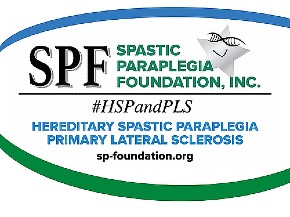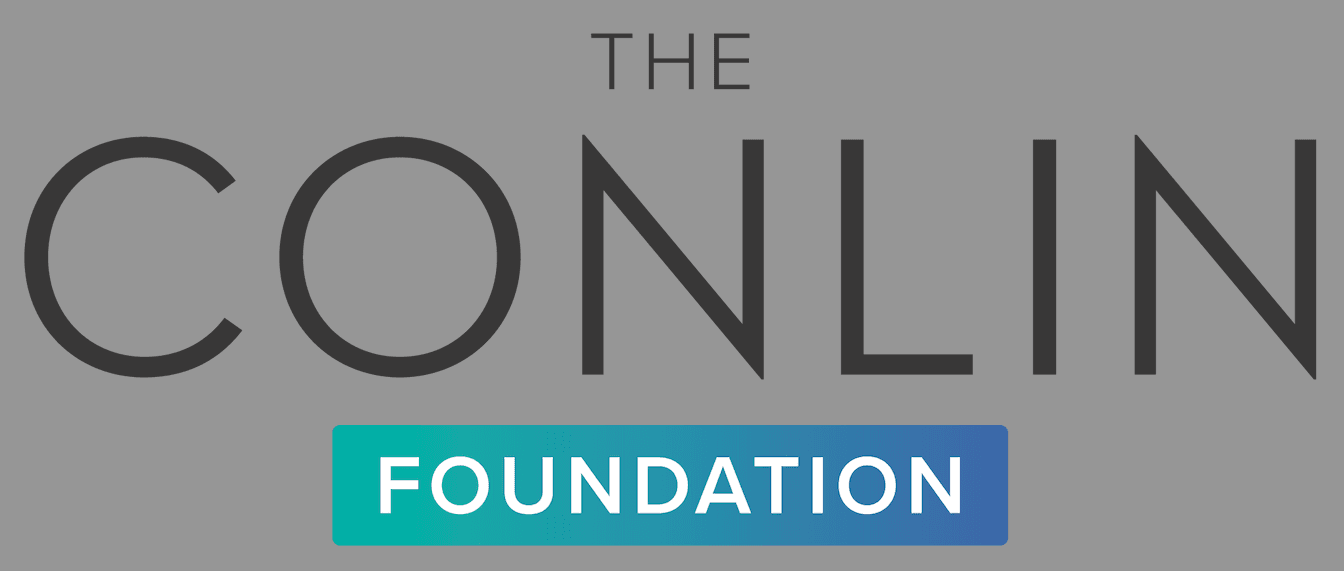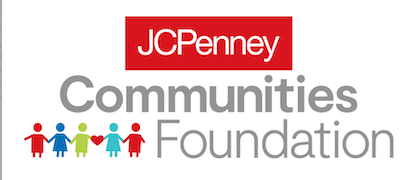Physical Therapy
Physical Therapy seeks to restore or maintain the ability to move. Therapies generally focus on reducing muscle tone, maintaining or improving range of motion and mobility, increasing strength and coordination, and improving comfort. Programs may also include treatments designed to prevent complications such as frozen joints, contractures (muscles that won’t stretch out) or bedsores.
Physical Therapists will assess joint motion, muscle strength and endurance, posture, pain, heart and lung function and performance of daily living activities to develop an individualized program. Therapies may include stretching, strengthening and aerobic exercises (see Exercise). They may also include gait training and appropriate use of assistive devices, such as canes, braces, and walkers (see Assistive Devices); balance and coordination activities; transfer training — such as how to get from bed to wheelchair or from wheelchair to car; and training in how to fall to minimize possible damage. They can also include techniques such as massage, ultrasound, electrical stimulation or whirlpool.
Sessions with a physical therapist generally last just a few months or less. Emphasis usually is on the establishment of a home program with periodic follow-up sessions.
Exercise
A balanced exercise program includes three types of exercise:
Stretching/Flexibility Exercises: slow, sustained lengthening of the muscle
Many experts consider stretching the most important exercise you can do. That’s because stretching improves flexibility – the ability to move the parts of your body through their full range of motion. Stretching also can reduce muscle spasticity and cramps and may also reduce problems such as tendonitis and bursitis.
To be effective, stretching routines must be done regularly, usually once or twice a day. Stretch as far as you can and hold the stretch for 10 seconds and then ease back. Each stretch should be performed slowly, with no sudden jerking or bouncing. Stretching also should be done before and after other exercises to prevent muscle strain and soreness and to help avoid injuries.
Aerobic Exercises: steady exercise using large muscle groups
Aerobic exercise strengthens your heart and lungs and improves your body’s ability to use oxygen. It also reduces fatigue, increases energy levels and helps you sleep better, control your weight, and lift your spirits.
It is generally recommended to gradually work up to three or four sessions per week, each lasting 15 to 60 minutes. Include a 5-minute warm-up (including stretching) before the activity and 5 to 10 minutes of a cool down (stretching and slower activity) afterwards. Walking, stationary bicycling, water exercises and chair exercises are excellent choices.
-
Walking: Experts recommend walking according to your ability, comfort and safety. Even short, slow walks can provide benefit.
-
Aquatic (water) exercises: Aquatic exercises and swimming provide optimal exercise conditions. Water eliminates the effects of gravity, allowing weakened limbs to attain a greater range of motion. Water also helps support the body so there is less stress on hips, knees, and spine.
-
Exercises in the water can help increase muscle power and endurance and help mobilize joints and muscles. They also help to relax muscles and improve coordination. Warm water (between 83 and 90 degrees F) can be especially good for stiff, sore joints. Exercises can be done while standing in shoulder-height water or while sitting in shallow water. In deeper water, an inflatable tube, floatation vest or belt can be used for flotation.
-
Some of the local chapters of organizations such as the Muscular Dystrophy Association, United Cerebral Palsy, Arthritis Foundation, YMCA and National Multiple Sclerosis Society sponsor aquatics programs.
-
Stationary bicycling: Stationary bicycling is a great way to improve fitness without putting stress on hips, knees, and feet. It can be done in any weather, and balance is generally not an issue. Add resistance only as you are comfortable and only after warming up.
-
Chair exercises: If mobility and balance are big issues, consider chair exercises. They can provide a great workout and easily incorporate strengthening and stretching exercises.
Strengthening Exercises: repeated muscle contractions until the muscle becomes tired
Strengthening exercises help increase muscle tone and improve the quality of muscles. This enhances mobility and provides energy and a positive sense of well-being.
Strong hip and leg muscles are needed to lift the legs to walk, and strong arm muscles are needed to carry out daily functions. Strong abdominal and back muscles help maintain correct posture and can counter pain resulting from poor gait, poor posture or the use of mobility aids.
Knowing which muscles need to be strengthened and how to perform the exercise without over-stressing the joints is important. A physical therapist, occupational therapist, and/or doctor can provide appropriate recommendations.
Tips to get started and keep you motivated in your physical therapy exercise program
-
Choose activities you enjoy
-
Make exercise part of a daily routine
-
Exercise with a group
-
Keep a written record
-
Exercise to music
-
Set realistic goals
-
Select loose, comfortable clothes
-
Wear properly fitting shoes
Editor’s Note: You can read an article submitted by one of our community members (an Exercise Physiologist) at Patient Forum – Exercise and one regarding stretching at Patient Forum – Stretching.
Our Impact since our inception...
-
Dollars Raised
Over 12,000,000 dollars for research!












